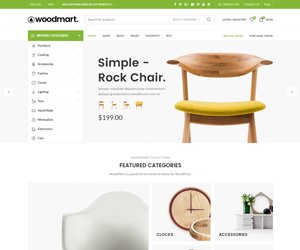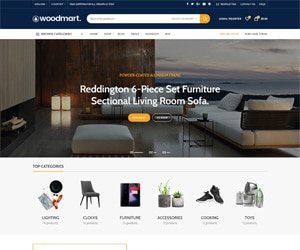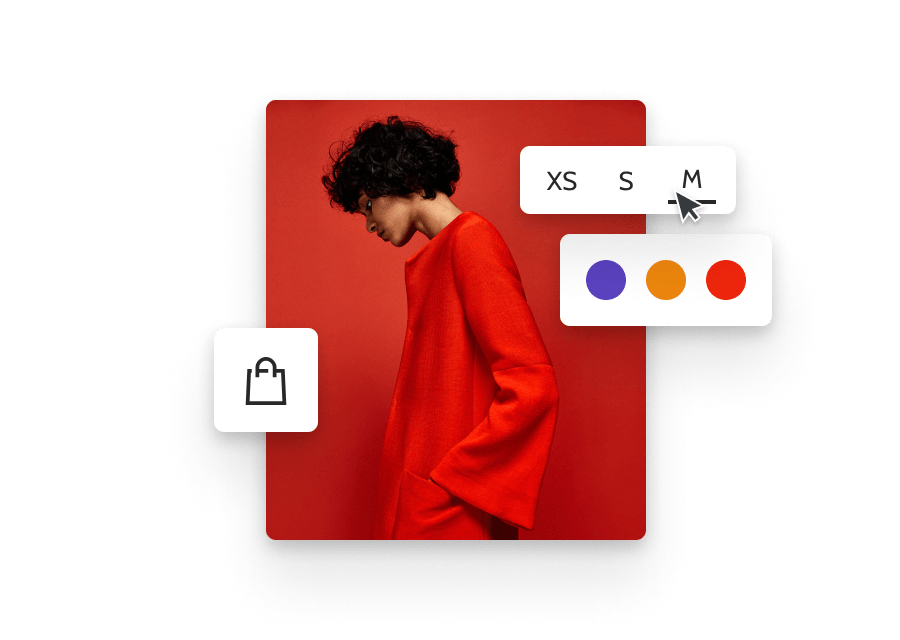Introduction to Multivendor Stores
A multivendor store acts as an online marketplace that allows multiple sellers to offer their products under a single platform. Websites like Flipkart.com have perfected this model, giving customers a wide range of options while ensuring a seamless shopping experience. If you want to create your own multivendor store like Flipkart, it’s essential to understand the critical components involved.
Key Pages for Your E-Commerce Store
The backbone of any successful multivendor store is the design and functionality of its pages. Key pages include:
- Store Page: This page showcases all available products from various sellers.
- Shop Page: Here, customers can filter products based on categories and brands.
- Cart Page: Allows customers to review their selected items before proceeding to checkout.
- Checkout Page: This is where the purchase process occurs. A user-friendly layout ensures a smooth transaction.
Furthermore, incorporating a delivery option similar to Flipkart enhances user convenience, allowing for tracking and timely orders.
Design Considerations
When developing your multivendor store, focus on user interface and user experience. Ensure that the layout is intuitive, making it easy for shoppers to navigate from the store page to the checkout page. Additionally, consider integrating popular payment gateways to facilitate transactions. Finally, ensure that your website is mobile-friendly, catering to the growing number of users who shop on their phones.
Building a platform like Flipkart requires careful planning and execution, but by focusing on the right aspects, you can create a successful multivendor store that meets the needs of both buyers and sellers.






